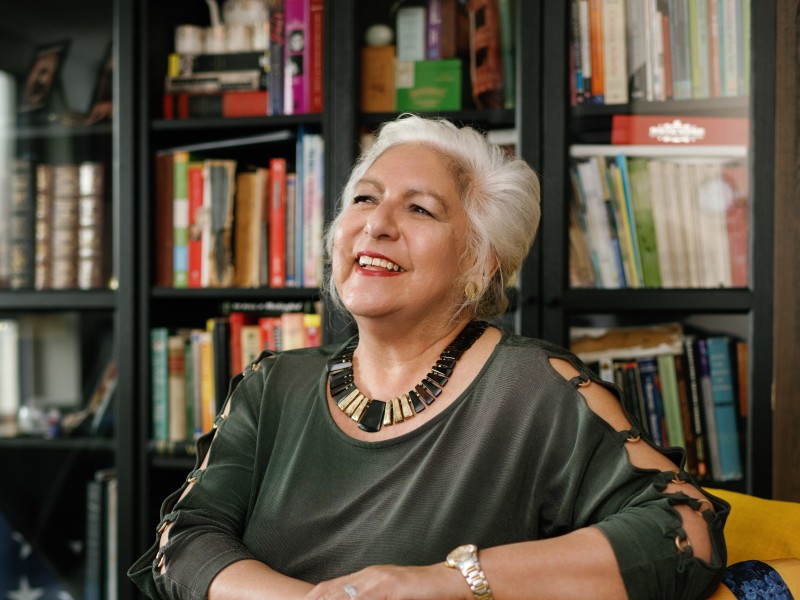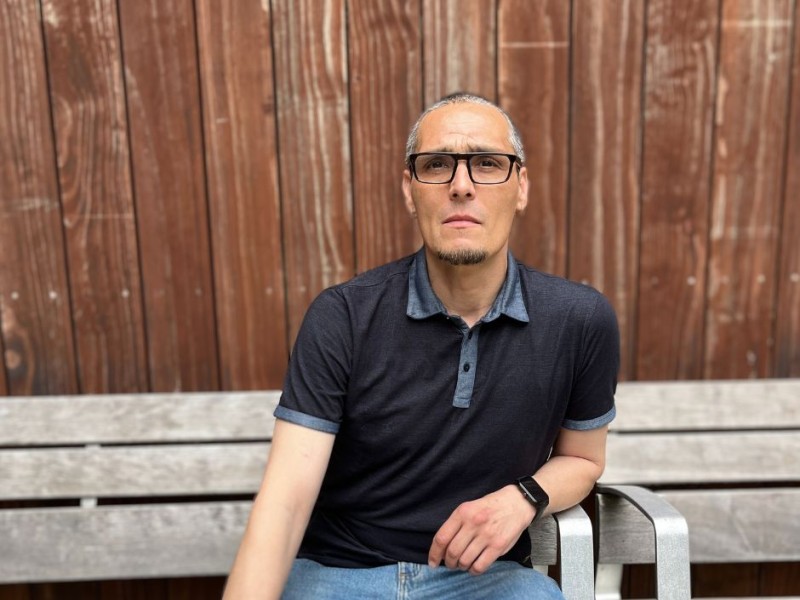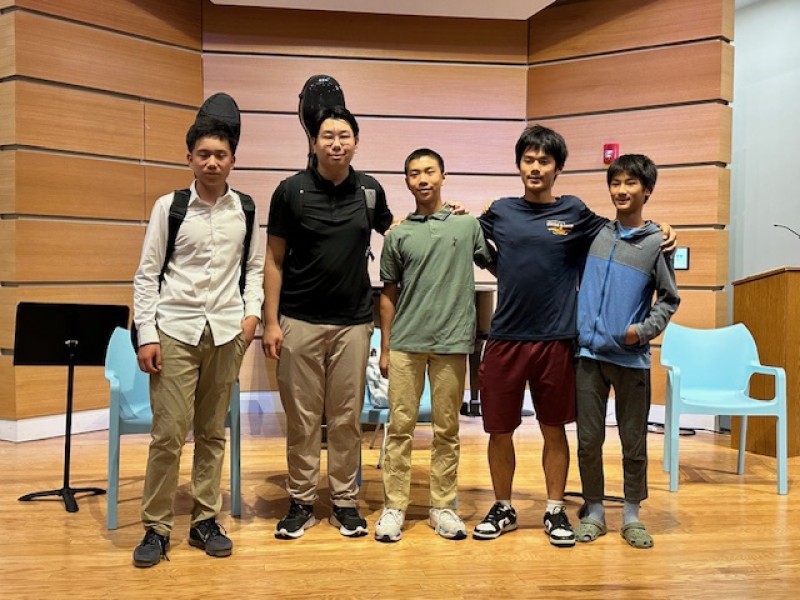Green Leadership: Building sustainability into every 2Life community

At the core of 2Life’s property development and management strategy is a commitment to creating communities that enable older adults to lead healthy and fulfilling lives. Long before sustainability was a common catchword, 2Life Communities prioritized building principles designed to reduce our environmental impact while meeting residents’ need for affordable housing that supports their well-being.
Today, 2Life strives to meet high standards of sustainable building practices with every new construction, renovation, or maintenance project we undertake. The reasons — always centered on residents — are both practical and moral, according to Zoe Weinrobe, 2Life’s director of real estate.
“Partly our focus on sustainability is financial. We pay all utility costs for our residents, so reducing our energy consumption helps us meet our goals for managing costs,” Weinrobe says. “But we also believe in being good stewards as property owners, and we strive to minimize our impact on the environment and the climate.”
That commitment extends to both new and existing buildings. All new 2Life projects are designed from the ground up to meet the Passive House Standard. This means reduced energy is required to heat and cool, and renewable energy sources are used where possible. Some properties also qualify for LEED Silver or Gold certification — meeting requirements for reduced carbon, energy, water, and waste while elevating indoor environment quality — as well as other government and industry sustainability standards.
"We believe in making the world a better place, and our sustainability initiatives are helping achieve this, one community at a time." - Zoe Weinrobe
“Our first Passive House project is the J.J. Carroll building in Brighton slated for completion this fall. It’s an extremely tight and efficient building with a large solar photovoltaic array on the roof,” Weinrobe says, adding that the Brown Family House has a solar thermal hot water system that satisfies most of that building’s hot water needs. “We have some really innovative projects in the planning stages that will set the standard for sustainability in our market, including our first all-electric communities in Waltham and Mattapan.”
In addition to improving energy efficiency, Weinrobe says new construction and renovations of existing buildings focus on creating healthy indoor environments. This includes using paints and carpeting with low volatile organic compounds (VOCs) and ensuring proper ventilation. The importance of this became clear during the pandemic when 2Life implemented several improvements across all our housing developments, including installing special air filters in the heating, ventilation, and air-conditioning (HVAC) systems, continuous HVAC for fresh air introduction, and bipolar ionization within HVAC systems for air treatment.
“Indoor air quality is a major focus of Passive House Design,” Weinrobe says. “It’s about improving overall building performance to create indoor environments that support the health of occupants.”
Residents’ lifestyle expectations also influence design decisions. “For example, at Opus Newton, our middle- market community currently in development, we learned that many future residents drive electric vehicles,” Weinrobe says. “So, we will be installing a significant number of EV charging stations there and making all other new projects EV-ready.”
2Life also employs a director of sustainability who works with each of our communities on alterations to existing HVAC and hot water systems to reduce overall consumption. 2Life was the first multifamily partner in the Department of Energy’s Better Buildings Challenge to reach its goal of reducing energy usage in its older properties by 20% in 10 years. In fact, 2Life actually exceeded the goal, reducing consumption by 24% in just four years.
While the technical details of sustainable building can be complex, it all comes down to a simple idea. “We believe in making the world a better place,” Weinrobe says. “And our sustainability initiatives are helping achieve this, one community at a time.”



